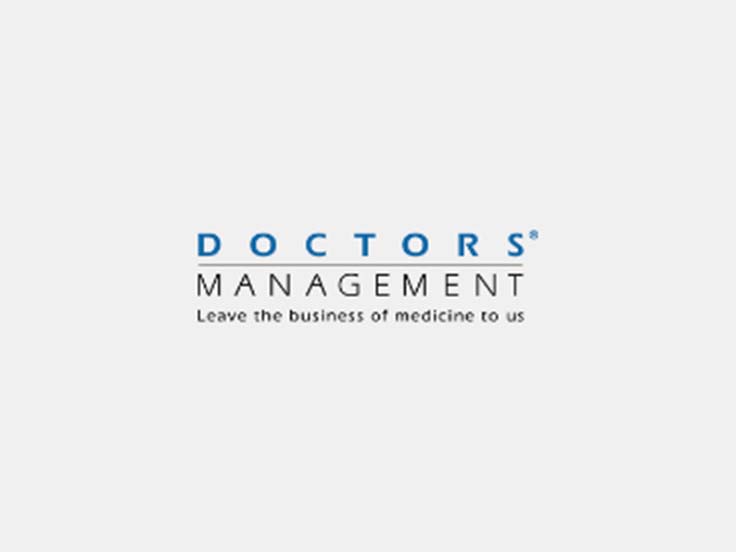Auditor and Consultant at DoctorsManagement
As more payers embrace hardline policies to discourage the bundling of E/M services with minor outpatient procedures (see related story, pg. 3), practices must be more disciplined in their use of modifier 25 (significant, separately identifiable evaluation and management service by the same physician or other qualified health care professional on the same day of the procedure or other service).
This means not only knowing when to append modifier 25 and how to ensure providers have supporting documentation, but also knowing when not to use modifier 25 because it isn’t needed.
At DoctorsManagement, our auditors often see practices appending modifier 25 routinely to all sorts of minor procedures when they are not needed. Remember: Modifier 25 is only necessary when a bundling edit exists between an E/M code and a procedural CPT code. The National Correct Coding Initiative (NCCI) maintains a list of all edits in effect. The NCCI database is updated quarterly, like clockwork, with new edits, changed edits, and occasionally deletion of existing edits.
Don’t use modifier 25 ‘preventively’
You might think that it’s no big deal to slap on modifier 25 just as a precaution. After all, payers do not decline payment for an unneeded modifier – typically you’ll simply see those claim lines processed without comment.
But behind the scenes, both private and government payers are collecting reams of utilization data for CPT codes, diagnosis codes, and modifiers. Independence Blue Cross Blue Shield of Pennsylvania repeatedly cited such data as justification for a punishing policy of reducing payments by 50% for E/M services with modifier 25 attached. Their internal claims data showed that modifier 25 was being appended 50% more frequently than “commercial benchmarks,” IBX states on its website in an FAQ about its unpopular modifier 25 policy.
So while you may be getting paid for services with modifier 25 that weren’t bundled to begin with, you do drive up utilization numbers for modifier 25, giving payers statistical ammunition for harsh policies like IBX’s, which has since been copied by multiple other Blue Cross Blue Shield payers (and were already being used by other commercial plans).
Examples of common procedures billed with E/M codes that do not ever require modifier 25 include:
EKGs (93000)
Prothrombin check (85610)
Transthoracic ECGs (93303-93308)
Chest X-rays (71045-71048)
Most lab panels (80XXX)
When it’s needed: Proper modifier 25 usage
You do need modifier 25 when the E/M service is being billed alongside minor surgical procedures (zero to 10 global days). The NCCI edits work by preventing the E/M service from being paid when it is billed with minor surgical procedures because the typical pre- and post-service work associated with the procedure are considered covered by the payment for the procedure itself.
Examples of procedures commonly billed with E/M services that do need modifier 25 include any type of vaccine administration, corticosteroid injections, minor in-office scope procedures (endoscopies, laryngoscopies), medicine tests such as pulmonary or cardiovascular stress tests.
Here are two documentation tips to ensure your providers produce notes that clearly support the use of modifier 25 properly.
- Document a new or significant problem. To satisfy modifier 25’s requirements that the E/M service is addressing a new or significant problem, the documentation should reference an acute new problem or explain that the existing problem being managed by the minor procedure is somehow exacerbated. Language such as “the patient also presents with” or “the patient reports new onset of” are very helpful in making the case that a separate problem is being addressed by the E/M service. Language such as “patient’s migraines were especially severe yesterday, we will try a higher strength NSAID in addition to today’s Botox injection” makes the case that the problem being addressed by the minor procedure (migraine requiring Botox injection) is more severe than typical, i.e. is a significant problem.
- Documentation for new vs. established patients. It’s more difficult to satisfy modifier 25 requirements for established patients, particularly if the documentation suggests that the minor procedure was scheduled earlier. If a procedure is planned, that means the problem requiring the procedure has been previously evaluated and there is no case to support a separate E/M code for the visit. On the other hand, for a new patient, the E/M can be supported on the grounds that the provider had to first evaluate the patient’s problem (which is new to the provider) before deciding that a minor same-day procedure is medically necessary. The documentation must make this clear, however.
Author: Scott Kraft, CPC, CPMA ([email protected])











